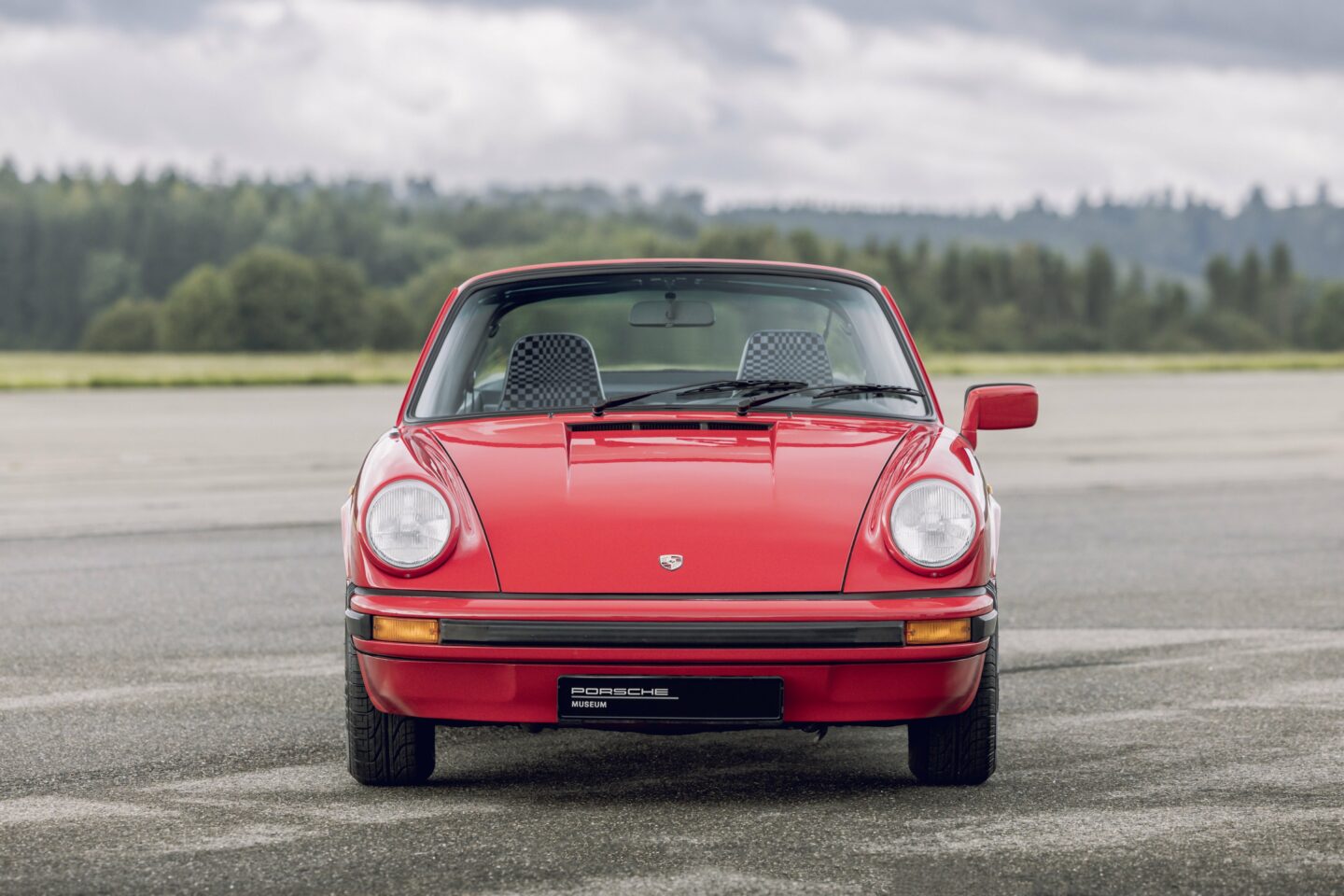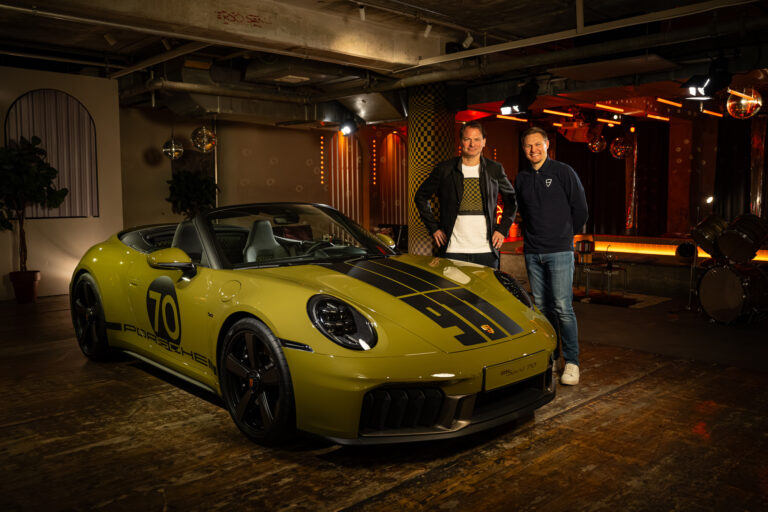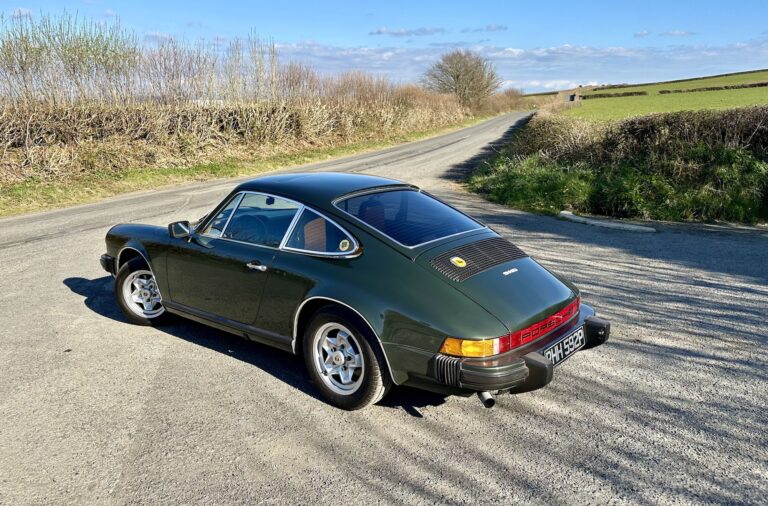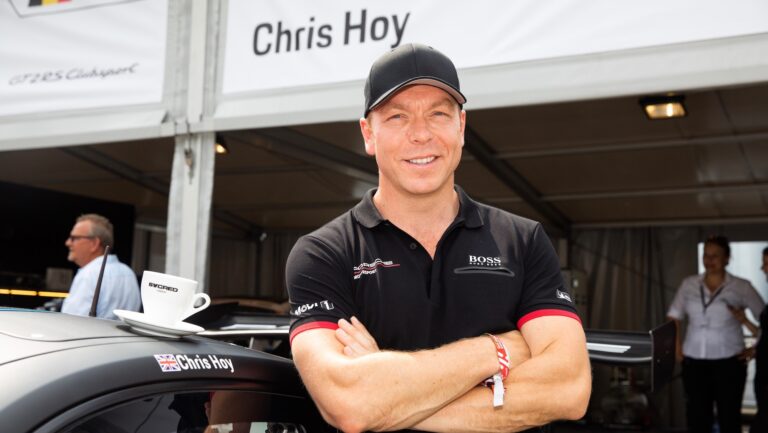Ultimate Porsche 911 SC buyer’s guide
9WERKS presents everything you need to know for the 1978-1983 Porsche 911 SC
Why should you buy a Porsche 911 SC?
The once unloved 911 has come of age. Its impact bumpers are iconic, while the free-revving and torquey flat six engine – teamed with an overall lightweight feel – makes this 40- to 45-year-old 911 feel extremely capable in the modern world, albeit with a vintage feel. Today, an SC can be a great buy, if you find a great example.
The SC, which stood for ‘Super Carrera’, was launched at the start of model year 1978, the first cars coming off the production line in August 1977 replacing the 911 2.7 and Carrera 3.0-litre models. A first-year 911 SC is normally easy to spot, with chrome window surrounds and headlight bezels, as carried over from those previous models. The engine’s power, at 180hp, was seen as a downturn in performance after the Carrera 3.0 with its 200hp, but torque was improved. Coupe or Targa body styles were available, with either a 915 manual or. Sportmatic gearbox.
For the 1979 model year the Window surrounds changed to black anodised as standard, and the headlight bezels to body coloured.
Categories
1980 model year saw power increase to 188hp – the changes included smaller valves, revised ignition, new camshaft timing and a new timing chain tensioner idler arm. Compression was raised to 8.6:1 and a new oil cooler was introduced. The Sportomatic gearbox was discontinued.
The vin number system changed on 1981 model year cars to the system we now see on all cars, while power was increased to 204hp thanks to upgraded Bosch K-Jetronic and another increase in compression to 9.8:1. This was the SC at its most powerful, and they are easily identifiable thanks to side repeater in their front wings. Not much changed for model year 1982, besides Fuchs wheels becaming standard rather than the ATS cookie cutters. Model year 1983 saw the arrival of the Cabriolet – note the very low-laying manual roof. Finally, 1984 saw the SC model end with the launch of the 3.2 Carrera.
There were only a handful of ‘special edition’ 911 SCs made, including the ‘Weissach Edition’, introduced in 1980 with platinum metallic paint and matching wheel centres commemorating the engineering centre near Flacht. The ‘50th Anniversary Edition’ was released in 1982 to celebrate 50 years of Porsche, this time with silver metallic and a loaded specification including sunroof, air conditioning and commemorative badging.
At the time, the SC and Turbo were meant to be runout models of the ageing 911, and so the material advancements over previous models were scant. That’s why the preceding Carrera 3.0 has always seemed to be held in higher regard due to the small numbers made (less than 4,000). The SC meanwhile hit over 60,000 in its five-year production span! Its successor in the 3.2 Carrera has long been seen as an improvement over the SC (a bit like the 993 was an improvement over the 964) but the 964 that has now come of age, surpassing the 993 as the favourite. We think the same could be said for the SC and 3.2 Carrera, though the author might be a little biased…
The story, though, is similar: numbers of original, good cars have dwindled considerably – many were in disrepair due to their sustained low value, while many others have been turned into backdates, losing the impact bumpers and 1970s-80s colour and interior trims, leaving less and less in original specification.
What do you need to know about the running gear of the SC?
The bore size of the SC’s 3.0-litre engine is the same as the Carrera 3.2, but the stroke of the crank is shorter. This gives the lower-engine capacity, while a lighter flywheel allows the engine to rev up quickly, resulting in a fizzy feel compared to its successor. The K-Jetronic mechanical fuel injection system (CIS Continuous Injection System) is not as efficient as its successor, resulting in a lower MPG figure due to that continuous injection of fuel. The L- Jetronic system fitted to the 3.2 Carrera has electronically controlled fuel injectors giving better control of its usage of fuel.
The auxiliary air valve can be troublesome, causing various running issues. As with all older cars the fuel system is not a lover of the Ethanol in today’s fuel (the fuel attacks the rubber in the system over time and, if the car is not used for a while, the fuel can cause an issue with the mechanical fuel metering head). Chris from Wrightune advises the only way to fix this is to send the metering head away to be rebuilt by a professional. Therefore, make sure you use your SC, or buy a car that hasn’t been stored away for excessive periods of time.
The engine is known to be bullet-proof, however this is a bit of a misnomer to some extent. The truth is the engine will still run with it having multiple broken head studs, oil leaking from all sorts of places, worn valve guides etc… it’s a survivor! An engine will undoubtedly need a rebuild if it hasn’t been done before. Chris suggests budgeting between £15k-£25k depending on what needs replacing, as parts prices have increased dramatically in recent times. It’s worth having a compression and leakdown test on the engine to gauge its health.
The early cars did not have hydraulic chain tensioners – most have had this retrofitted, it’s easy to see the additional oil lines when you open the engine lid. Jamie at Paragon suggests a good checkover of the heat exchangers as they degrade and are an integral part of the 911 SC’s heating system.
Gearbox
The gearbox in the SC is the 915, a much-maligned gearbox in comparison to the G50 that was available in later 3.2 Carreras. The 915 is a Porsche designed gearbox, its light in weight and has no centering of the gear lever in the 3rd and 4th plane – you find it where you left it. Chris from Wrightune says, “A good 915 gearbox is a delight to use, but if you were to give someone a bad one they would find it difficult, whereas if you gave someone a G50 to drive that was in need of a rebuild they would still be able to drive it.” The various bushes in the linkage to the gear lever can wear heavily, causing the gear change to be difficult. Replacing these inexpensive bushes and adjusting the linkage can dramatically improve the situation.
Another upgrade is to look at a different gear lever setup such as a Rennshift from JW West or a WEVO shifter. These improve the shift and reduce shift length. But it should always be remembered that the 915 gearbox should not be rushed: the syncros in this gearbox design need time to engage, as short shifts may wear the synchros faster. If your gearbox does need to be rebuilt, budget on £4k-£10k depending on what needs to be replaced.



Suspension and brakes
The front suspension utilises MacPherson struts with torsion bars, while the rear employs semi-trailing arms with torsion bars. Chris from Wrightune suggests the dampers are an oft-overlooked element of the car, and that new dampers can transform the ride.
The 911 SC is equipped with disc brakes at all four corners. The brakes have servo assistance, which can be a little strong with the light weight of the front of the 911, and so cadence braking is a skill that should be learned if you are used to modern ABS braking systems. A well-maintained car should drive and stop well.
911 SC electrics
The 911 is known as a car that has evolved over time, and its electrical system is a very good example of that. The fuse box has grown from earlier examples of the 911, simply by adding additional sections. The fuses are the old, cylindrical ceramic type: these can be problematic, resulting in electrical failure. One of the most common is the fuel pump relay fuse that will stop the car from starting. A spin of the fuse or a tightening of the fuse contacts can fix this in the short term. There are a number of new-type fuse panels with modern blade-type fuses which fix the issue – the Classic Retrofit version is readily available in the UK. This also comes with the advantage of adding relays to the headlight circuit, resulting in considerably less load on the headlight switching and increased voltage at the bulbs, improving the brightness of the headlights. A very welcome addition!
What do you need to know about the 911 SC’s body?
The body of the SC is galvanised – fantastic, I hear you cry, but there is talk the galvanising on the SC is not as good as later 911s from the 3.2 Carrera onwards, as the body was not rotated in the galvanising tank. Those later cars are felt to have more resistance to corrosion, particularly in the body seams and cavities. It should also be remembered that galvanising is a sacrificial form of corrosion resistance: it stops oxygen and water reaching the surface of the steel, but the zinc still oxidises over time, getting thinner and thinner as it ages. So, unpainted parts of the car may not be as well galvanised as they were when they left the factory. You just need to remember the above when looking at an example for sale. Galvanising is heralded as the ultimate corrosion resistance, but this is not always the case, especially if the car has had some remedial bodywork carried out in the past.
We asked Chris at Wrightune if there are any particular spots you need to check for corrosion, his initial comment was ‘everywhere!’ Chris has seen 911 SCs with corrosion in all sorts of places. These cars are 40 to 45 years old now, a lot of them have seen a lot of life. Also consider that corrosion on these cars can be like an iceberg, you may see a little tip of rust bubbling through the paintwork, but unseen corrosion behind the panel could be ten times the size. The worst bits to look out, Chris explains, are the sills, B-pillars and the area behind the B-pillar, known as the kidney bowls. These are all likely to be corroded if they haven’t already been repaired previously. Budget £7k-£10k to get this resolved if your chosen car has this issue. Remember that bodywork damage repair can quickly escalate in cost, remember the iceberg! Jason and Jamie at Paragon Porsche say there is a huge difference between a good and bad restoration, so look out for a known name on the receipts that comes with the car and some photos of any remedial work that has been carried out.
Body and interior trim options
The SC was available with some vibrant colours in the early years, but as the five-year production run moved on, the tastes of the general public seemed to become more conservative. Many of the early cars were resprayed and retrimmed, leaving few with these early vibrance – if you find one now you will invariably pay more, as these are back in fashion. The non-Sport versions of the SC came with a ‘flat back’ engine cover, and without a front spoiler. The ‘Sport’ had a small rubber front spoiler and the ‘Tea Tray’ wing from the Turbo, along with 7×16-inch and 8×16-inch Fuchs wheels front and back (respectively). The non-Sport wheels were Cookie Cutters that were six and seven inches inches wide, interestingly the 15-inch Fuchs wheels that were an option on the non-Sport versions are seven and eight inches wide. Another interesting item to note is the position of the ‘911 SC’ badge on the engine lid: if it’s high it’s a non Sport, if the badge is low it’s a Sport. It has been known for owners to remove the Sport rear spoiler, leaving the badge in its low Sport position.
Porsche 911 SC buying tips
Buy on condition! Get someone that knows what to look for to help you check the condition if you are not sure – an array of independent specialists including Wrightune and Paragon will be able to carry out pre-purchase inspections for peace of mind. Two cars advertised for the same amount of money could be in very different states of repair. Go in with your eyes wide open, buy the story and the owner of the car as well as the condition.
What will you need to budget for a Porsche 911 SC?
The guys at Paragon Porsche helped us to determine current values. Prices seem to range from £30k to £70k: £30k buys a project, likely needing bodywork and an engine rebuild in years to come. £70k buys you an original car, with minimal mileage, with good pedigree or a car which has been rebuilt by the right hands and has a good story. You just need to make sure you don’t buy a ‘£30k car’ for £50k, and then still have all the bills to pay to bring it up to standard. Remember: condition, condition, condition. Finding a well-maintained 911 SC in good condition may require patience and thorough research, make sure you get experienced help, and be ready to pounce on a good car – they are out there.
Porsche 911 SC: factory technical specification
Years produced: 1978-1983
Engine: Flat six, 2,993cc, naturally aspirated
Power: 180hp, 188hp & 204hp
Torque: 237Nm, 257Nm & 258Nm @ 4,200rpm
Compression ratio: 8:5:1, 8:6:1, 9:8:1
Transmission: 5 speed manual, 4-speed Sportomatic
Suspension
Front: MacPherson struts
Rear: MacPherson struts, semi-trailing arms
Wheels and tyres (Sport models)
Front: 7×16-inch; 205/55/ZR16
Rear: 8×16-inch; 225/50/ZR16
Brakes
Front: 282.5mm discs
Rear: 290mm discs
Length: 4,291mm
Width: 1,652mm
Weight: 1,160kg
0-62mph: 7.0 sec (‘78-’80), 6.8 sec (‘81-’83)
Top speed: 140mph (‘78-’80), 146mph (‘81-’83)

























